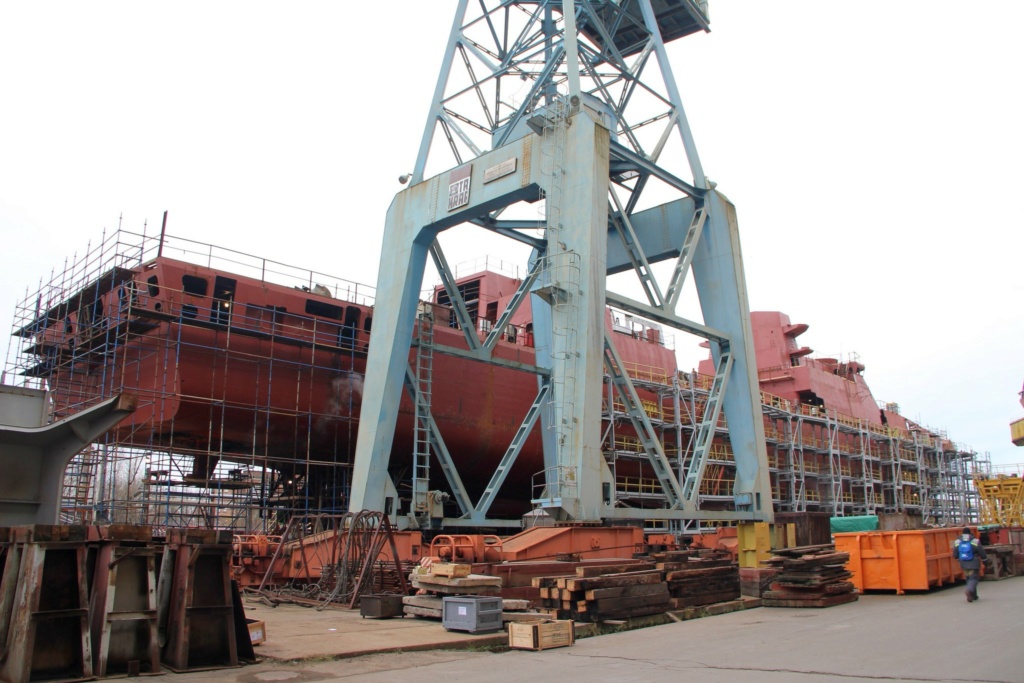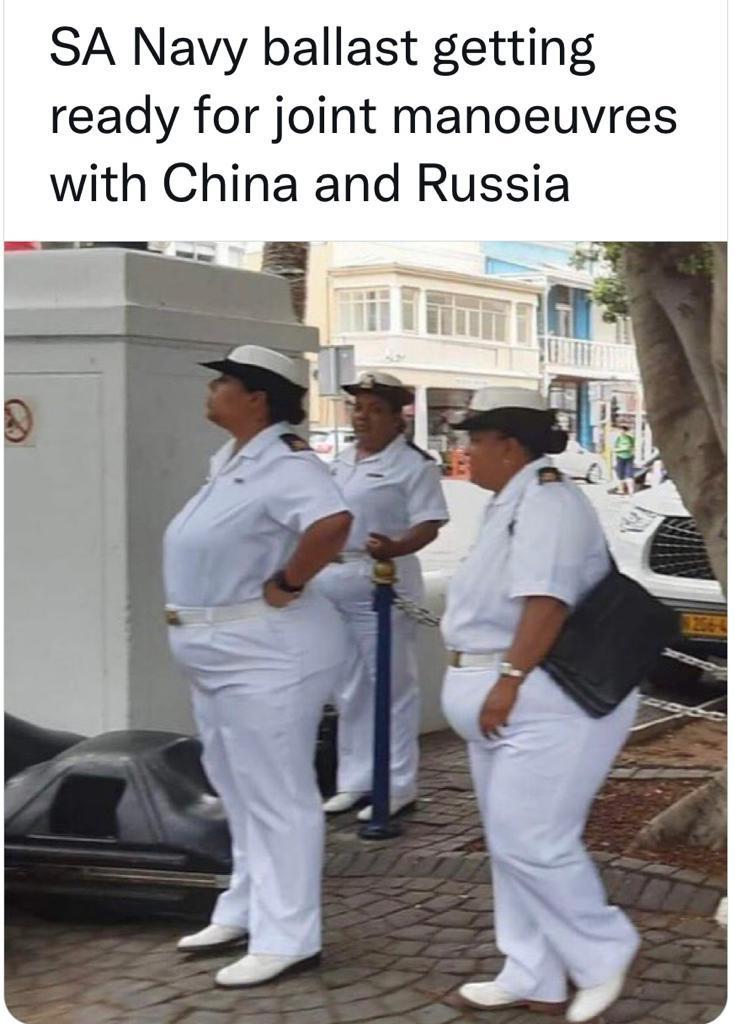Now if the larger launchers are used to house the long range 400km missiles, could the redut/s350 medium range missiles be duel packed? Or say could a single cell hold 6 short range missiles?
The Redut launch tubes seem to be large enough to have S-300 sized missiles, which is the same size as the big S-400 missiles, so they should be able to fit the launch tubes of the smaller S-400 missiles too (9M96).
If that is the case then a 12 tube launcher for Redut could carry up to 12 x 250km or 400km range S-400 large missiles, 12 x 4 150km or 60km range 9M96 missiles (48 missiles in total for the 12 launch tubes), or 12 x 4 x 4 of the small 9M100 missiles that fit four to a 9M96 missile tube which means 192 missiles in 12 launch tubes, or any combination of those missile types.
The problem so far seems to be that the Redut only carries one 9M96 missile per tube which means 12 x 150km or 60km range missile or 48 x 9M100 short range missiles or combinations of the two.
The 9M96 launch tube looks tiny under a Redut hatch.
A UKSK drawing previously shown here included alternative missile options including a single Shtil missile (Naval BUK type) and here it is:

The Key lists the contents of each missile tube from left to right top to bottom the first tube is the Yakhont (Onyx), then Calibre, and the third missile in the tube is 9M96, then the naval Shtil (BUK) and then the four missiles in a tube are the 9M100. The sixth tube are countermeasures with 6 per launch tube, the 7th tube seems to be empty but might be censored... perhaps a drone? and the last tube as the 40N6 large S-400 missile of 400km range.
The land based missiles are better designed in the sense that the full sized missile of the 40N6 in its launch tube is the same calibre as four 9M96 missiles, and each 9M96 missile tube could hold four 9M100 missiles... the 9M100 missiles are 20cm diameter, while the 9M96 missile is 48cm diameter and the 40N6 is 64.5cm diameter, but its launch tube is bigger so four 9M96s fit inside it in their launch tubes.
You still need to track it during all the engagement.
No you don't. You need initial detection and track what direction and speed it is travelling at and calculate the time of arrival of your missile and determine the rough area the target will be in when your missile arrives. After launch you can periodically check the location of the target to see if it has changed speed or direction that might effect its location when your missile arrives... if it has turned 180 degrees and wont be anywhere near the interception point you can calculate a new interception point and send course correction commands to your missile, but you don't need to constantly track the target and send constant course corrections to your missile.
It's not because it has a radar that it can use it like a fighter or ship's radar. Its radar is very basic in the sense it already knows where to look and when to look.
It is not a sophisticated multi mode radar, but it is still a radar that can scan a fairly large area of space in front of the missile to find its target and fly towards it.
Being a very long range missile it would have accelerated and climbed to high altitude so as it comes in for the kill it will be diving down on the target from above at rather high speeds...
And at mach 3 or 4 wheb it engages a target flying at mach 1 it won't have time to scan the airspace with a range of 50km even less against small cruise anti ship missiles.
Their new ARH missiles have AESA arrays and scan electronically... as it gets closer to its target it will get a better and better view.
Who would fire a heavy long range SAM against a cruise missile that wasn't designed for such targets?
If a Russian ship is launching a 400km range SAM to engage incoming anti ship missiles it would be one of the new SAM/AAMs they are developing with small SAMs delivered by a big missile... they will likely have combined ARH and IIR seekers for the purpose of detecting and attacking such targets.
So no what you say is not working.
And you still need an external radar to find a target at such range because at 400km away your ship's radar will see only beyond a certain altitude (radar horizon). Even if you don't need to track it like you say.
Not at all... your ESM suite might detect L band emissions from an area of open empty sea... might be datalink communication, or might be low power radar altimeter preventing a low flying missile from flying into the wavetops... but such emissions would be enough to be worth launching aircraft or drones to investigate... that might detect optically or by further detection of emissions and the triangulation of those emissions to work out a threat in an area that is worth firing a missile at.
A HALE or MALE might detect targets optically and transmit their location... the point is that the SAM carries its own radar and can find its own targets... it just needs basic target information to get it close.
The usefulness of such big missiles is very low without awacs and fighters in the air with datalinks.
Not suggesting the Frigates should only carry 400km range missiles but embark a single Ka-31 on the frigate and you can engage low flying threats out to 250km... the further away you can hit targets the safer your ships are.
The point is that a long range SAM is like a cruise missile... the launch platform does not need to detect the target with its own sensors.
With 9M96 missiles a Russian Corvette might come under attack by a western aircraft operating 200km away trying to stay out of range of its 9M96 missiles and launching missiles attacking the corvette... 500km away behind the attacking aircraft an approaching Gorshkov cruiser can receive target data from the high flying fast aircraft launching missiles at the corvette... 300km behind the enemy aircraft an incoming SAM from behind wont be expected... commanding that area of air space is quite powerful... even if only rarely used.
The point is that these launch tubes are not single launch type tubes like the Fort tubes in the Kirov that could only carry Fort and Fort-M missile types... in this case you can carry 250km or 400km range SAMs or you can carry 1,500km range Zircons or 50km range Otvet missiles.
.they are not for scanning the airspace or detecting small targets over the horizon, like incoming cruise missiles or submarine periscopes.
They can carry Ka-31s AEW or perhaps the new cm wave radar of the new Ka-52K naval attack helicopters might be optimised for those jobs.







